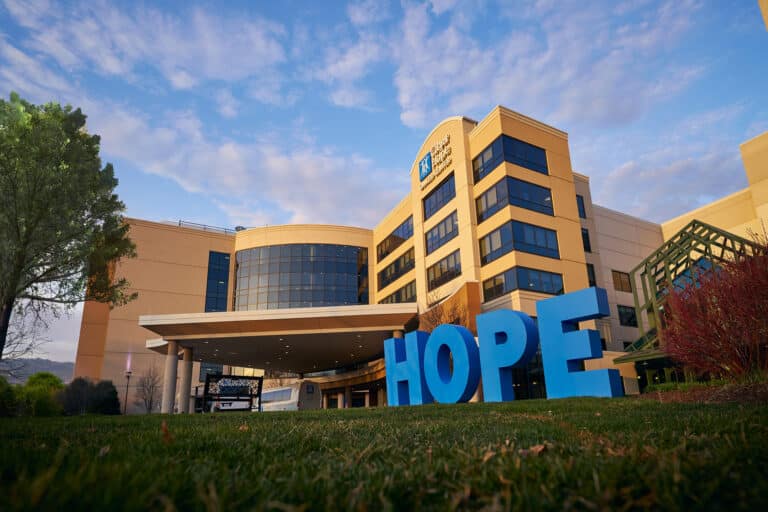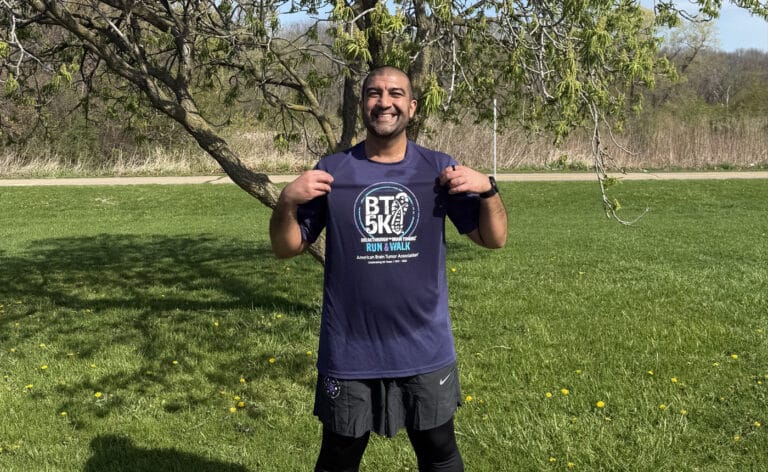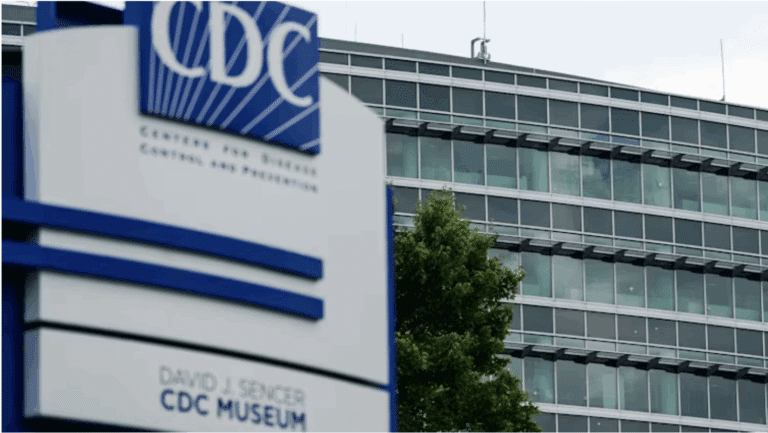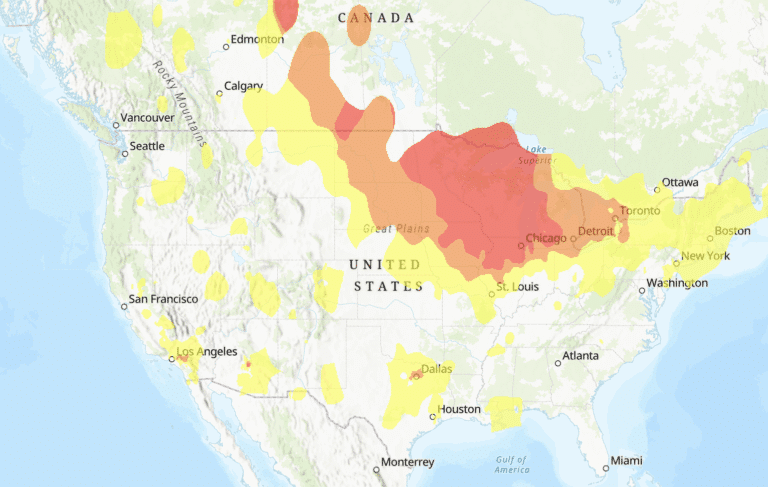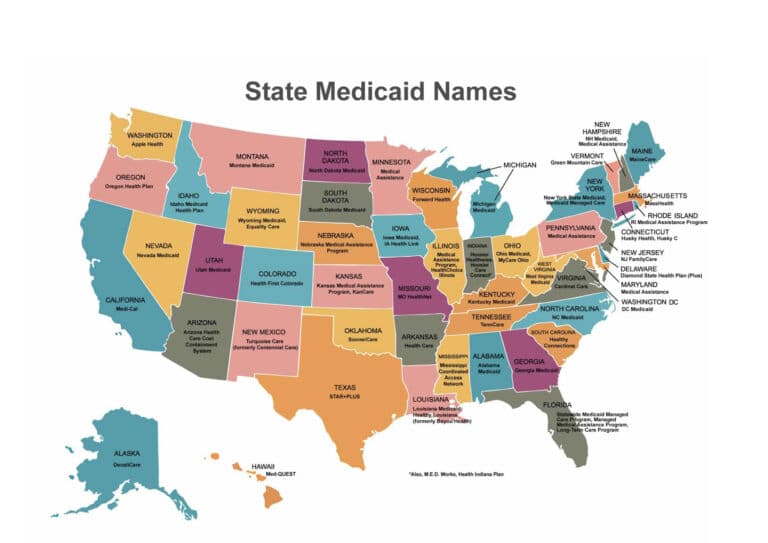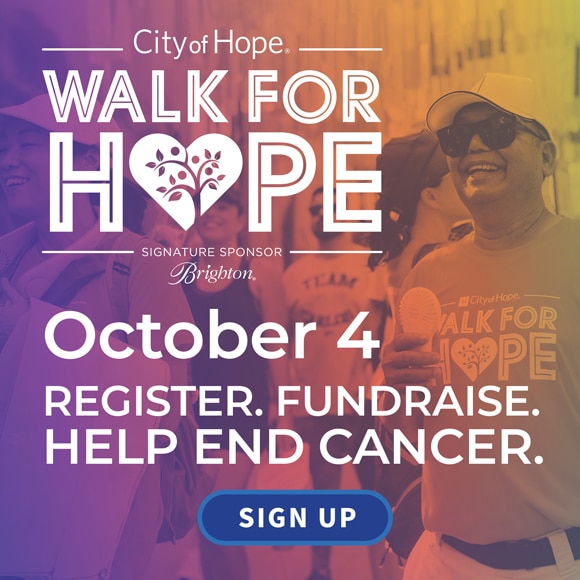By David Himmel, with reporting from Brett Dworski
My mother tells me she never liked mint chocolate chip ice cream until she became pregnant with me. Since I was born, she hasn’t touched the stuff. But this isn’t about my mom. This is about me and how much I love ice cream. I love milk, too. And cheese. But a few years ago, I thought I’d never be able to enjoy dairy again.
At first I thought the stomachaches—bloating and discomfort that lasted for days at a time—were brought on by the daily stressful interactions with my then-girlfriend. When we finally broke up, and the discomfort did not go away, I considered my diet. I realized that my stomachaches seemed to appear whenever I consumed any kind of dairy. I began living a dairy-free lifestyle, which resulted in a much happier tummy. And no, we did not get back together. I was a cool bachelor who would describe himself as lactose intolerant.
According to the National Institute of Diabetes and Digestive and Kidney Diseases, between 30 million and 50 million Americans are lactose intolerant. Deeba Masood, MD, an allergy-immunology specialist at NorthShore University HealthSystem, says that much of the adult world—about 75 percent— is lactose intolerant, especially those of Asian, South American, African and Native American descent. I am none of these. However, “As we reach adulthood, we may lose the ability to produce lactase,” Masood says.
Lactase is a digestive enzyme that breaks down lactose, which is found in the milk of most mammals. So, when the body is no longer able to produce the enzyme, abnormalities occur in the breakdown of lactose. Bacteria in the colon ferment the undigested lactose, and that’s where digestive issues like diarrhea, abdominal pain, gas and bloating come from. Lactose intolerance is not the same as a milk allergy.
If you are avoiding dairy due to lactose intolerance, you may have trouble getting enough of some nutrients. Dairy foods “are some of the richest sources of calcium, which is required to maintain healthy teeth, bones and [cellular] function. Furthermore, studies have shown an inverse association between milk intake and risk of colon and bladder cancer,” Masood says. That’s not all. Dairy is an excellent source of vitamin D, which is also necessary for a healthy body.
And then there’s the twisted irony of it all. “Fermented/probiotic dairy products, such as yogurt, help establish healthy bacteria in the intestines,” Masood says.
Clearly, I wasn’t doing myself any favors by avoiding dairy. Sure, my guts felt better, but how would I feel in the long run if I continued to remain dairy free? Well, calcium can be obtained through alternative sources such as tofu (a half-cup of tofu has roughly the same amount of calcium as a glass of milk), broccoli, turnip greens, molasses and almonds. Vitamin D can be picked up through sunshine, but sun exposure puts us at risk for skin cancer. I don’t need any more of that. Plus, I really wanted a slice of pizza and a scoop of ice cream. Certainly, many people are vegan or dairy free. But a dairy-free life was unenjoyable for me.
But there’s hope for the lactose intolerant.
I’ve never been officially diagnosed as being lactose intolerant, but the proof is in the pudding. The delicious pudding made with milk. Without the lactase pills, I feel terrible. With them, or with a lactose-free dairy product, I feel perfectly fine and continue reaping all of the benefits that dairy can provide me.




